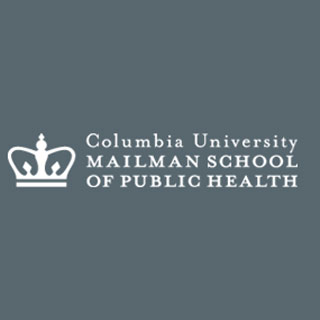
Experts from the Columbia University’s Mailman School of Public Health reveal that children who are regularly exposed to tobacco smoke at home seemed to have higher chances of developing early emphysema in adulthood. The scientists further claim that the lungs may not completely recover from the effects of early-life exposures to tobacco smoke (ETS).
The study is supposedly the first one to investigate the link between childhood ETS and early emphysema with the help of CT scan in non-smokers. The population-based analysis included nearly half of participants who had at least one regular cigarette smoker in their childhood home. The large multiethnic cohort uncovered those individuals who had more childhood ETS exposure showed more emphysema-like lung pixels.
Apparently an average of 20% of scan pixels was emphysema-like for those who resided with two or more smokers as a child. This was against 18% for those who lived with one regular smoker, or 17% for those who revealed to have not lived with a regular inside smoker as a child.
As part of the study, the experts analyzed the CT scans of 1,781 non-smokers who did not have clinical cardiovascular disease. These participants were recruited from six communities in the United States, including northern Manhattan and the Bronx, New York. Reportedly those who claimed childhood ETS exposure were found to be somewhat younger and had an average age of 61. They also had a higher likelihood of being non- Hispanic white and were supposedly less likely to have been born outside the United States. The analyses apparently statistically controlled these differences.
“We were able to detect a difference on CT scans between the lungs of participants who lived with a smoker as a child and those who did not,†elucidated Gina Lovasi, PhD, MPH, assistant professor of epidemiology at Columbia’s Mailman School of Public Health, and lead author. “Some known harmful effects of tobacco smoke are short term, and this new research suggests that effects of tobacco smoke on the lungs may also persist for decades.â€
Earlier studies have seemingly discovered that childhood ETS exposure may also affect perinatal and childhood health outcomes. On the other hand, adult exposure was found to probably affect adult respiratory health outcomes and may include lung function and respiratory symptoms.
Though childhood ETS was apparently not linked with adult lung function in this healthy population, this, the scientists suggest does not contradict the results for early emphysema. This could be mainly because airflow obstruction and anatomic damage appear to be theoretically and clinically distinguishable.
“However, emphysema may be a more sensitive measure of damage compared with lung function in this relatively healthy cohort,†Dr. Lovasi mentioned. “The association between childhood ETS and early emphysema among participants whose mothers did not smoke, suggests that the effect we are detecting is for smoke exposure in the home during childhood rather than in utero exposure alone.
By 2020, combined emphysema and chronic obstructive pulmonary disease are expected to become the third leading cause of death across the world.
The study is published in the December 2009 American Journal of Epidemiology.
